The First World War caused suffering on a scale that had not been seen before.
Advancements in technological and industrial sophistication wreaked unexpected devastation on armies using outmoded tactics from an earlier time.
“In Flanders Fields” is a war poem written by Canadian physician Lieutenant-Colonel John McCrae that immortalized the poppy as a symbol of Remembrance.
Click here to read the entire poem “In Flanders Fields” by John McCrae
In Flanders fields the poppies blow
Between the crosses, row on row,
That mark our place; and in the sky
The larks, still bravely singing, fly
Scarce heard amid the guns below.
We are the Dead. Short days ago
We lived, felt dawn, saw sunset glow,
Loved and were loved, and now we lie
In Flanders fields.
Take up our quarrel with the foe:
To you from failing hands we throw
The torch; be yours to hold it high.
If ye break faith with us who die
We shall not sleep, though poppies grow
In Flanders fields.
The story goes that McCrae was unhappy with the poem and threw it away, but it was saved by fellow soldiers and published in London’s Punch magazine.
McCrae fought at Ypres and had to bury a close friend in the fields of Flanders, Belgium.
He noticed how quickly poppies grew around the graves.
The poem’s reference to red poppies helped make the poppy internationally recognized as a symbol of Remembrance Day.
The First World War was one of the deadliest conflicts in human history.
The Allies lost around 6 million military personnel and the Central Powers lost around 4 million.
It was called “the war to end war”.
Samuel Barber’s haunting Adagio for Strings brings home the immense sadness of a world at war.

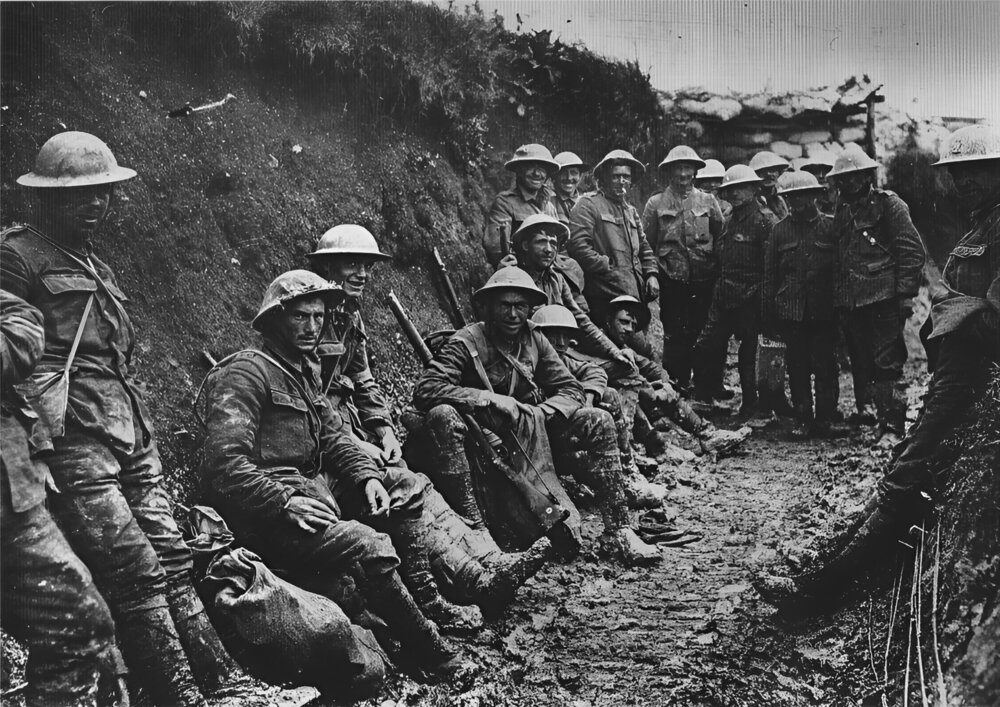



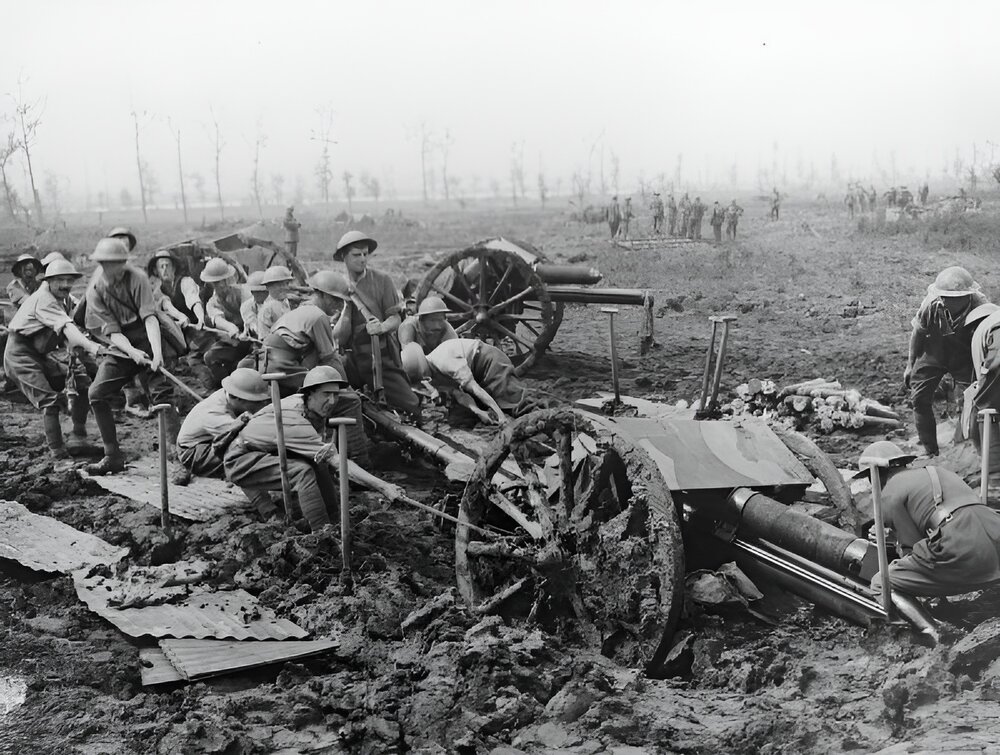

Graphic content warning: image of trench feet
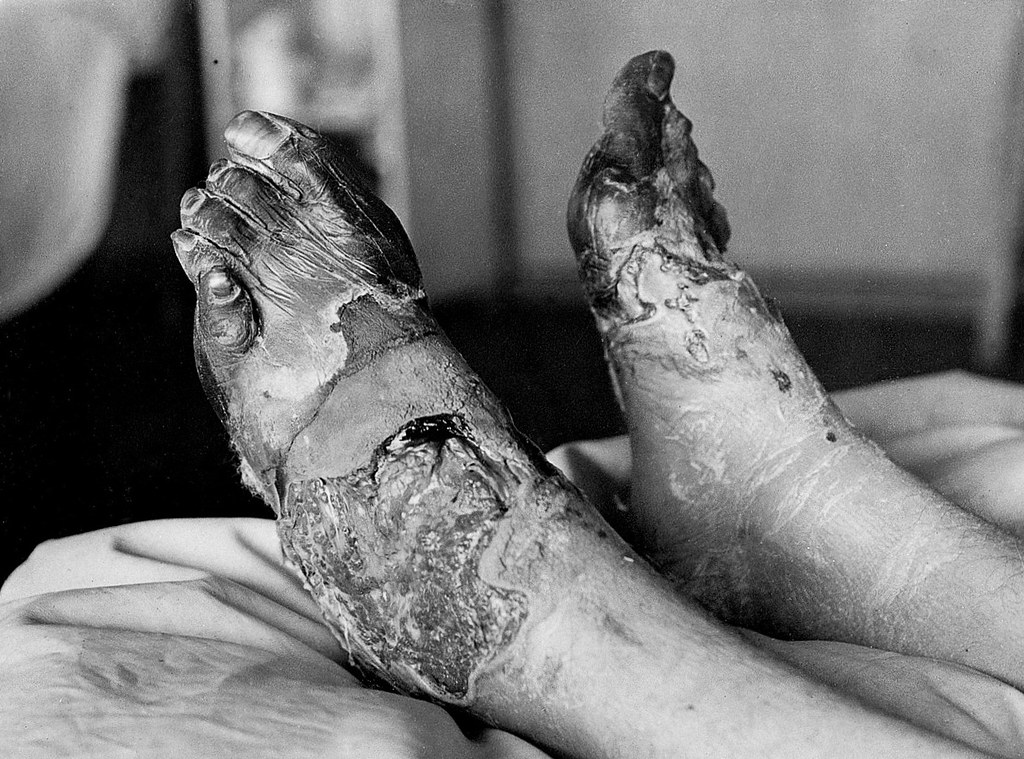
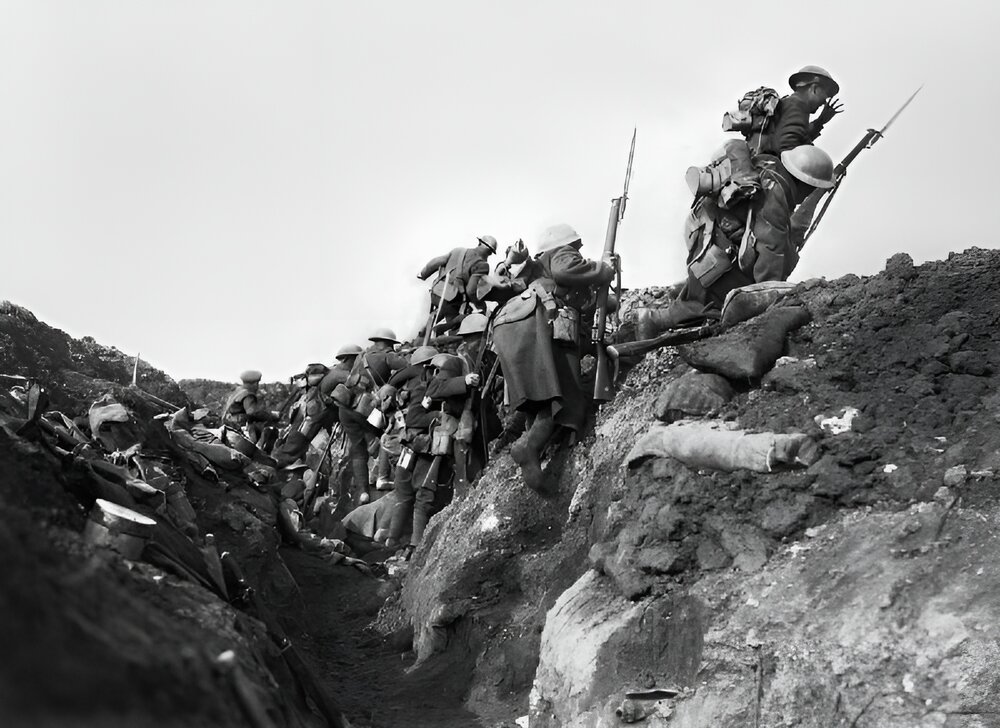




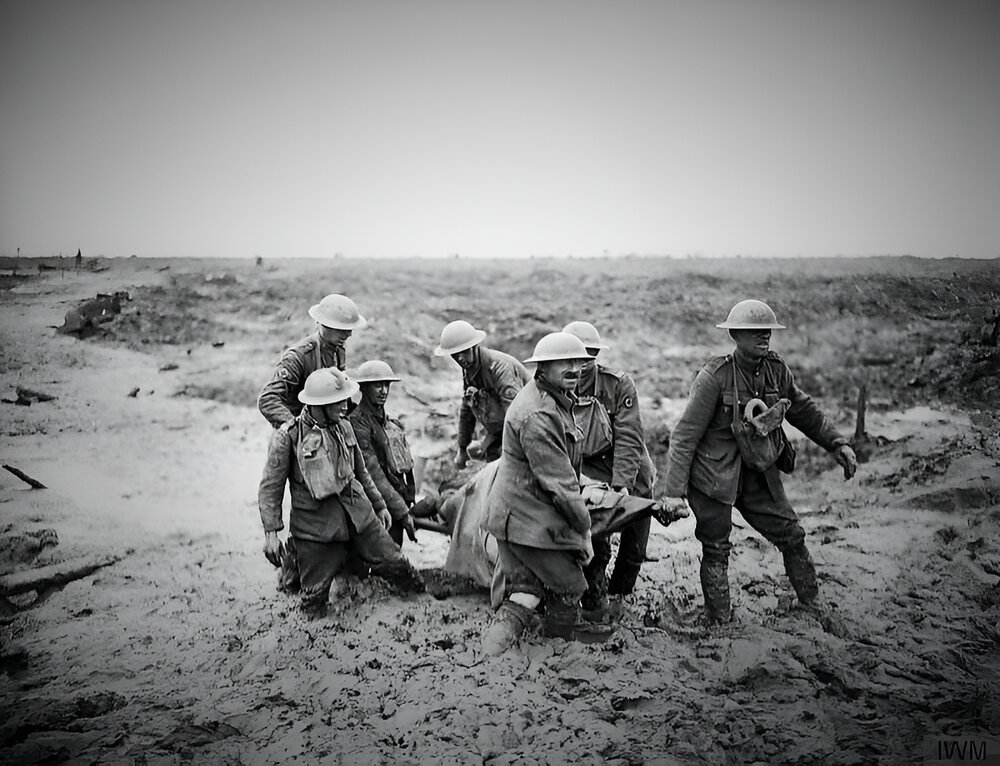
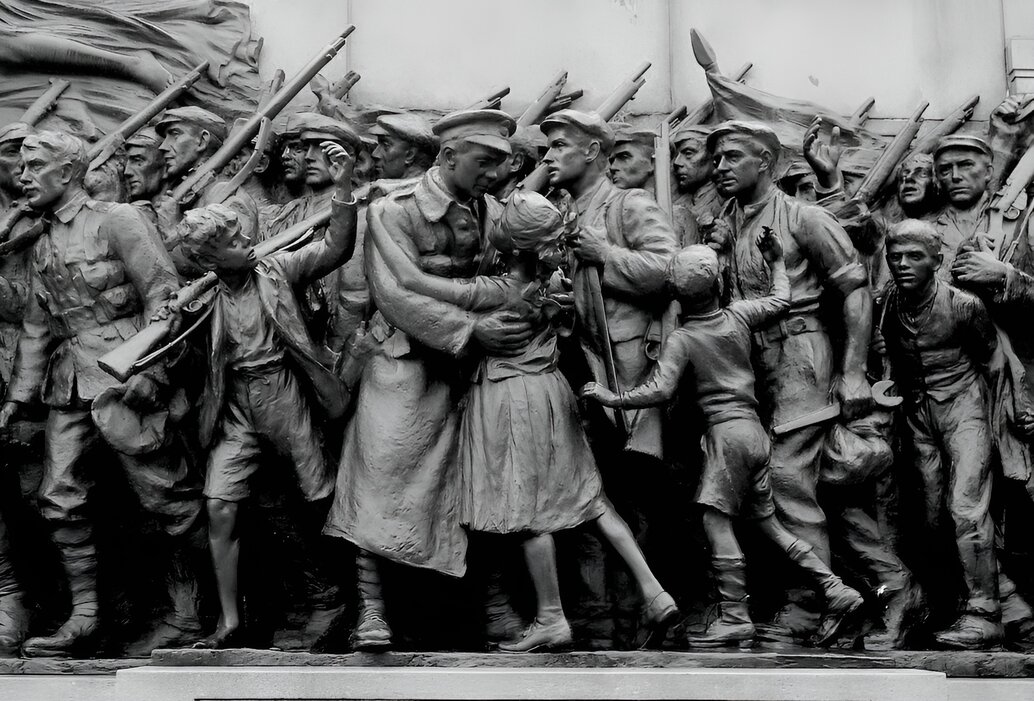




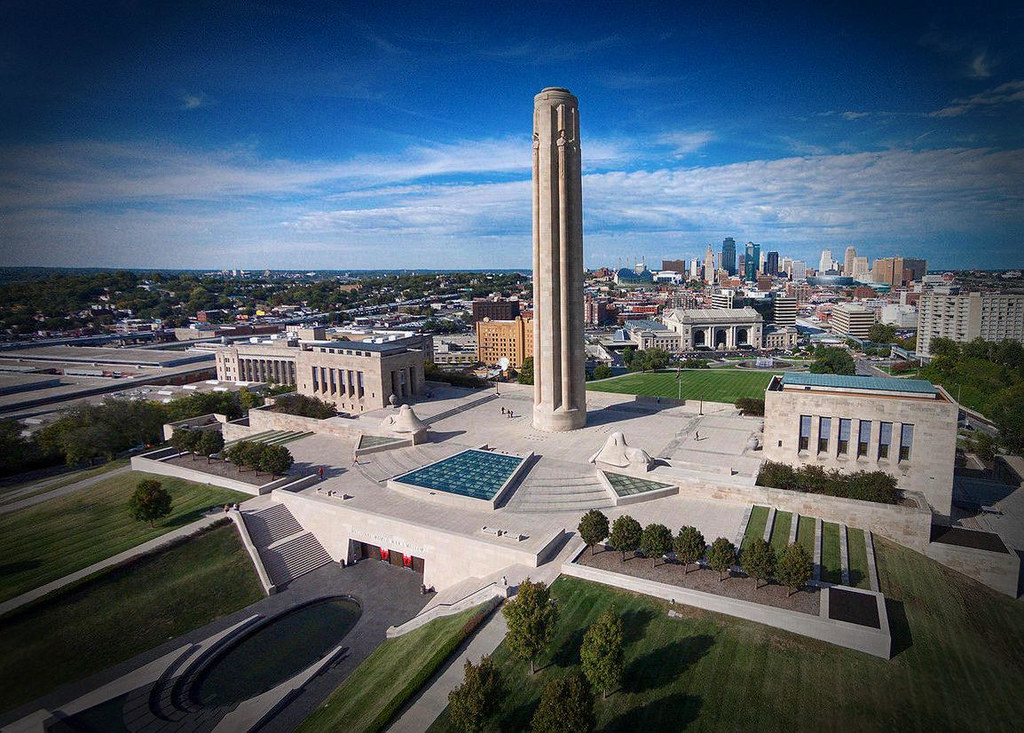
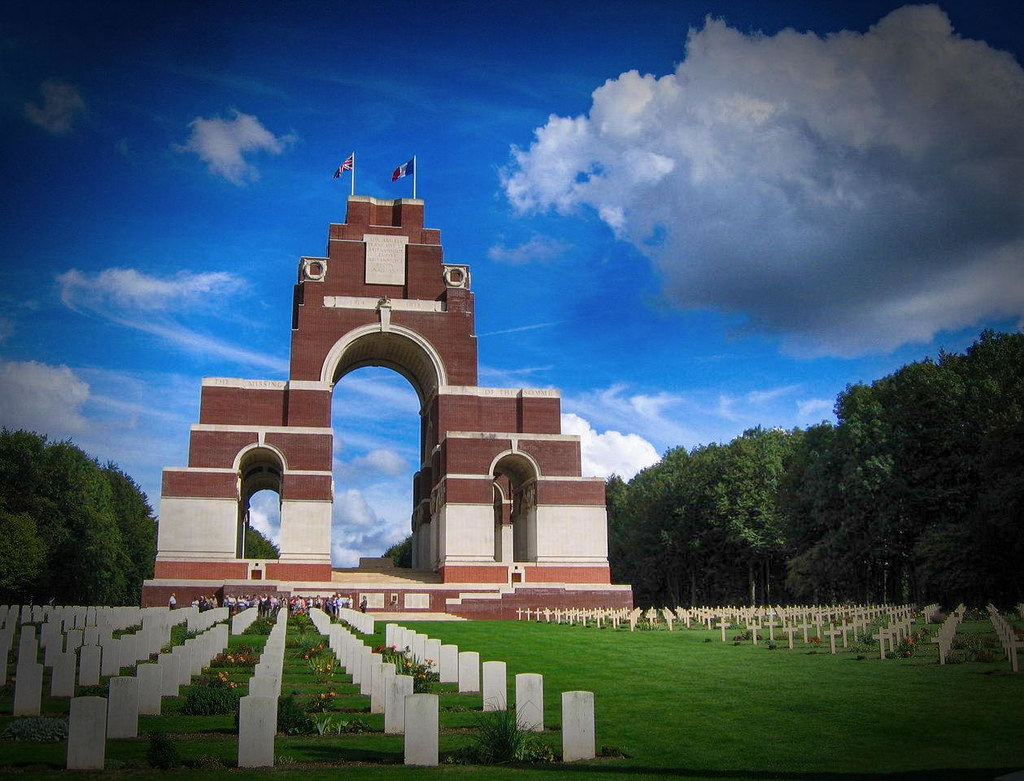

Recommended Reading:
Contains affiliate links.
In this landmark, Pulitzer Prize–winning account, renowned historian Barbara W. Tuchman re-creates the first month of World War I: thirty days in the summer of 1914 that determined the course of the conflict, the century, and ultimately our present world.
“A fine demonstration that with sufficient art rather specialized history can be raised to the level of literature.”—The New York Times.
“ has a vitality that transcends its narrative virtues, which are considerable, and its feel for characterizations, which is excellent.”—The Wall Street Journal.
“More dramatic than fiction . . . a magnificent narrative—beautifully organized, elegantly phrased, skillfully paced and sustained.”—Chicago Tribune.

